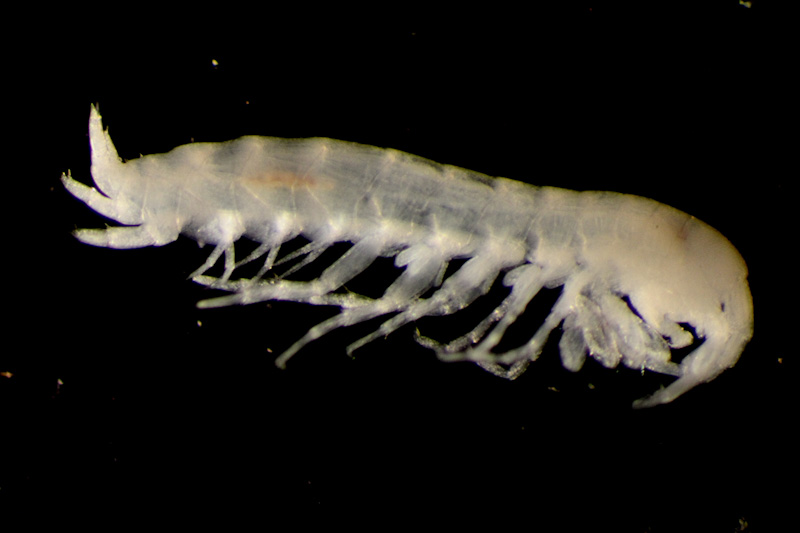Endemic groundwater species stay close to home
Many of New Zealand’s groundwater species are “short-range endemics” – being unique species restricted to areas as small as a single catchment.

This is one key finding of the BioHeritage Groundwater Biodiversity Project (GBP), led by NIWA ecologist Dr Graham Fenwick and ESR senior scientist Dr Louise Weaver.
The project sampled biofilm bacteria and invertebrates from groundwater, to evaluate measures of biodiversity and indicators of ecosystem health.
Graham says New Zealand’s groundwaters are home to a whole ecosystem of specialist microbes and invertebrate animals. These animals are adapted to spending their entire lives within the dark, narrow interstices of our large alluvial aquifers.
The microbes, small crustaceans and other invertebrates that live in groundwater are known to naturally purify the water as it percolates though aquifer gravels.
This results in the water draining into our lakes, rivers and beaches being lower in organic carbon and other contaminants, and therefore safer for drinking, swimming and other human uses.
Almost all the crustacean biodiversity recorded by the GBP (more than 59 species) are species new to science, and many of them appear restricted in their geographic range.
“Some species are restricted to single aquifers or catchments in Tasman or Canterbury regions. This appears to be the case even for aquifers beneath adjacent rivers in central Canterbury Plains.
“A few species do occur in aquifers beneath adjacent catchments, and a smaller number occur more widely across central Canterbury aquifers (e.g., Ashley to Orari catchments). As a result, we now expect that most catchments in New Zealand will have several of their own unique groundwater species.” Graham says.
The project co-lead says these findings have important consequences for managing New Zealand’s water resources and their biodiversity.
Any proposed transfer of water between aquifers, rivers and/or catchments could have adverse effects on the groundwater biodiversity and the ecological cleansing services provided by them.
Because of this, Graham says we need to carefully evaluate water transfers between catchments to minimise any threats to this unique biodiversity.
Posted October 2019